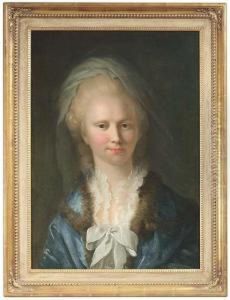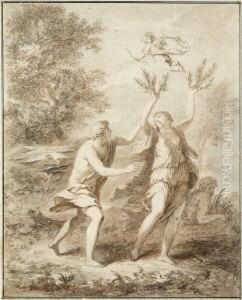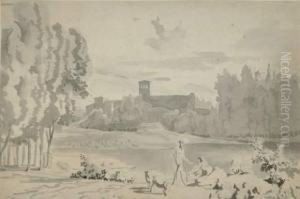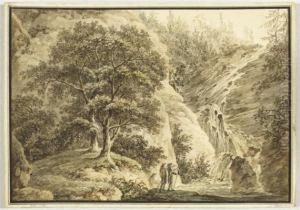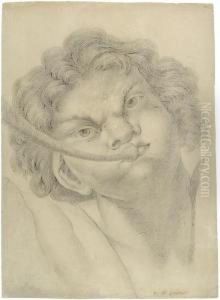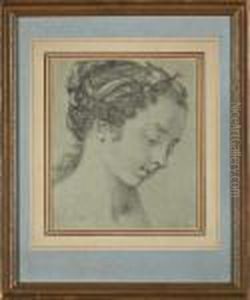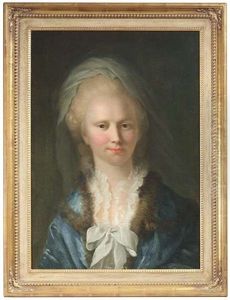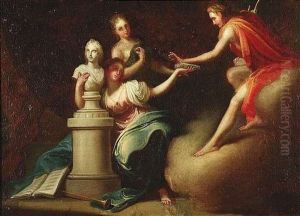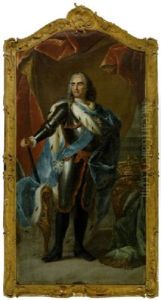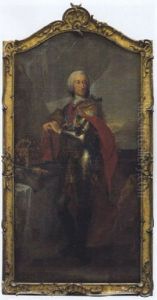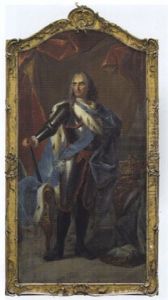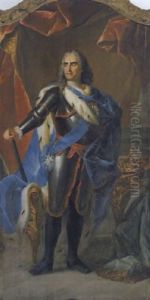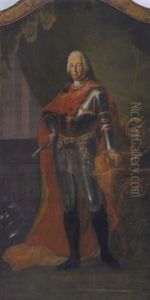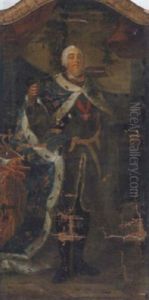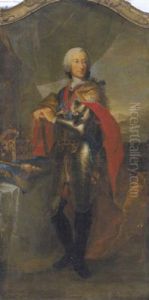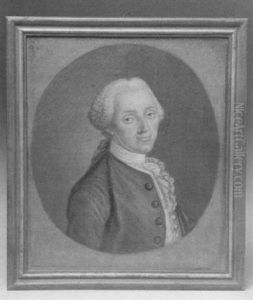Adam Friedrich Oeser Paintings
Adam Friedrich Oeser was a significant figure in the world of German art during the 18th century. Born on February 17, 1717, in Pressburg, now Bratislava in Slovakia, he was initially influenced by the Baroque artistic tradition. He later became an important proponent of early neoclassicism in Germany. Oeser's father was a painter, which likely provided the early impetus for his interest and career in the arts.
Oeser received his initial artistic training from his father. He then furthered his studies in Vienna and later in Italy, where he was deeply influenced by the classical art and the emerging neoclassical style, which sought to revive the simplicity and purity of the arts of ancient Greece and Rome. After his time in Italy, Oeser moved to Dresden, where he became the director of the city's Academy of Fine Arts in 1747.
In 1759, Oeser was invited to Leipzig by the city's council to take up the position of director at the newly founded Academy of Visual Arts. He held this post until his death, and during this time, he became a mentor to Johann Wolfgang von Goethe, who later wrote about Oeser with great admiration in his autobiography 'Dichtung und Wahrheit' (Poetry and Truth). Under Oeser's guidance, the Leipzig Academy became an important center for the arts, attracting students from various parts of Germany and beyond.
Oeser was not only an educator but also an accomplished painter, sculptor, and designer. He worked on several significant commissions throughout his career, including altarpieces for churches and designs for porcelain. However, Oeser is perhaps best remembered today for his role as an educator and his influence on the early stages of the neoclassical movement in Germany.
Adam Friedrich Oeser's contributions to the arts were significant in shaping the tastes and practices of his time. His legacy is reflected in the students he taught and the institutions he helped to shape. Oeser died on March 18, 1799, in Leipzig, having left a lasting mark on the German art world of the 18th century.
